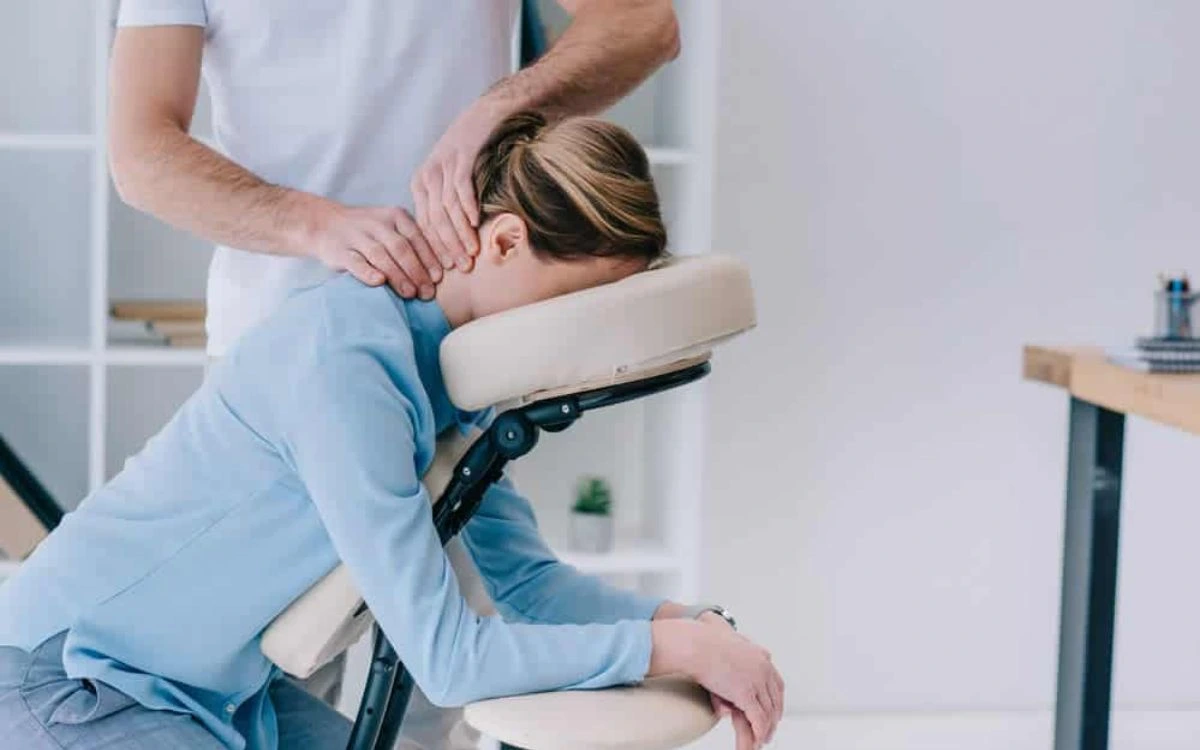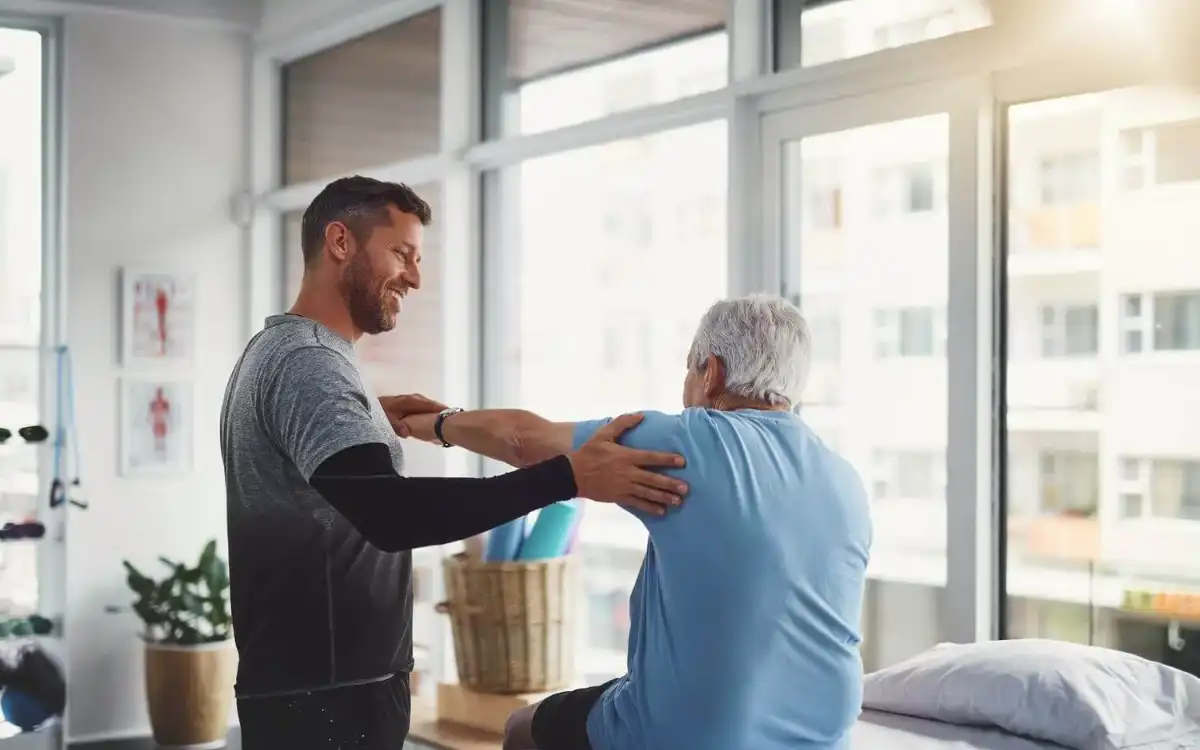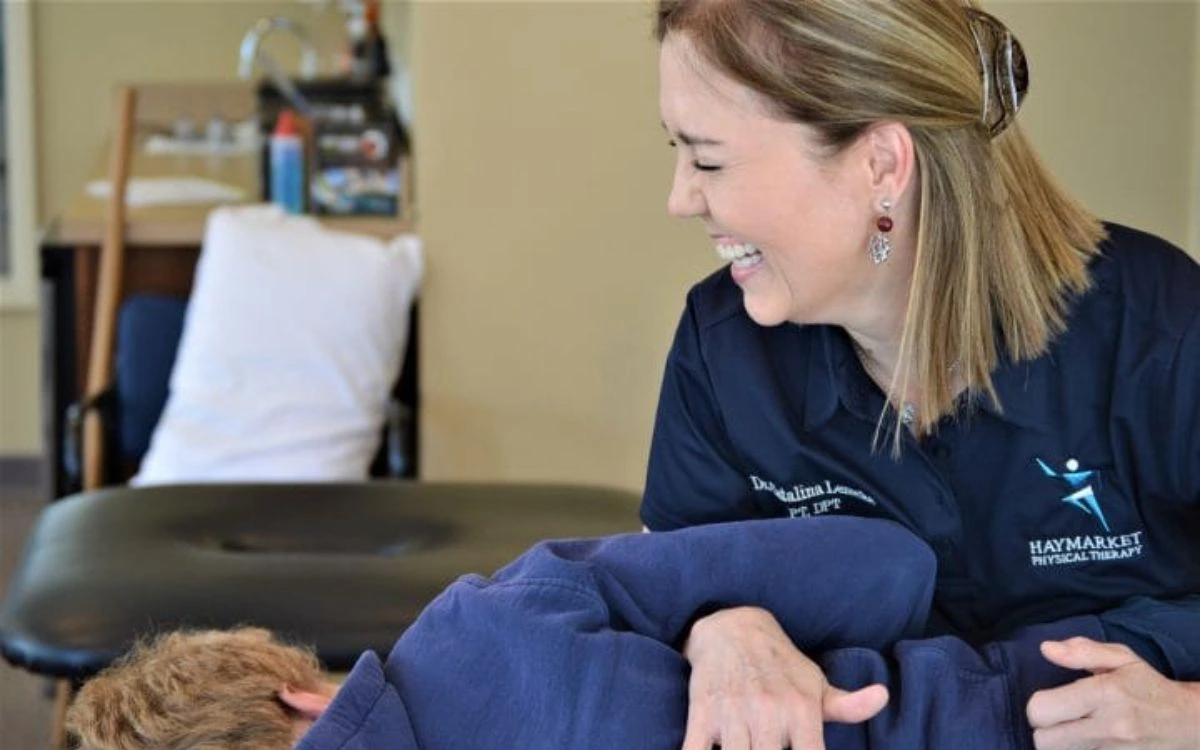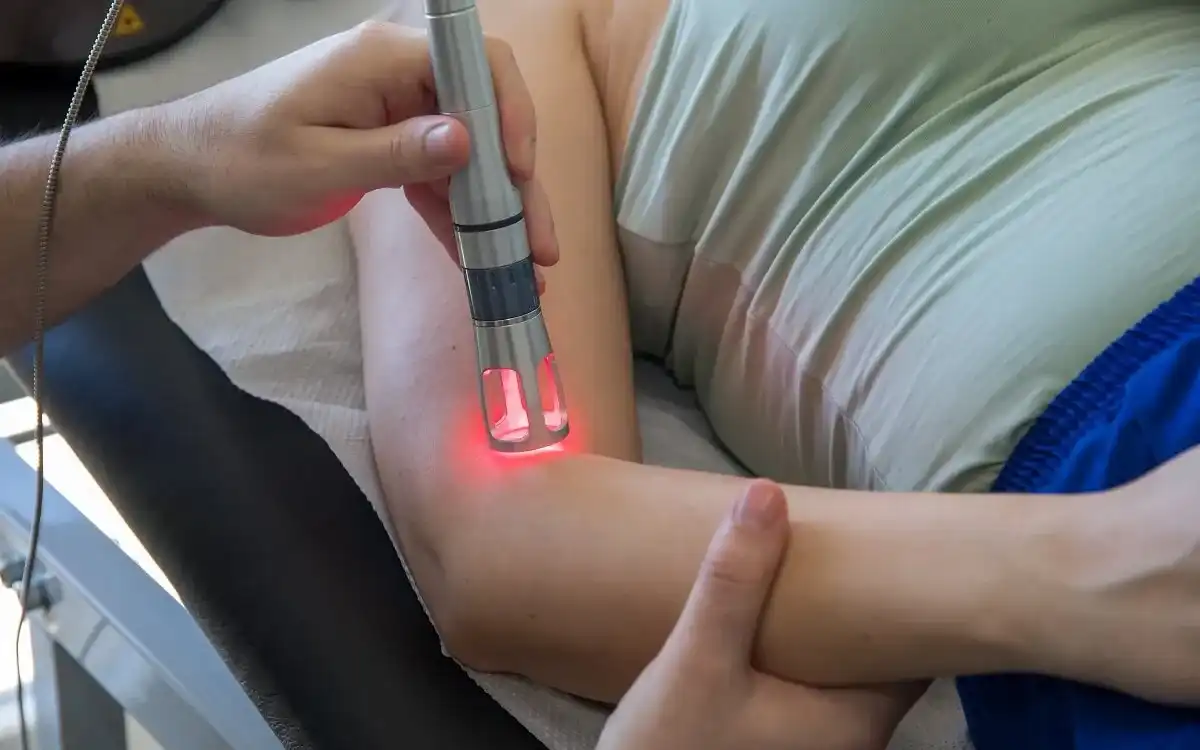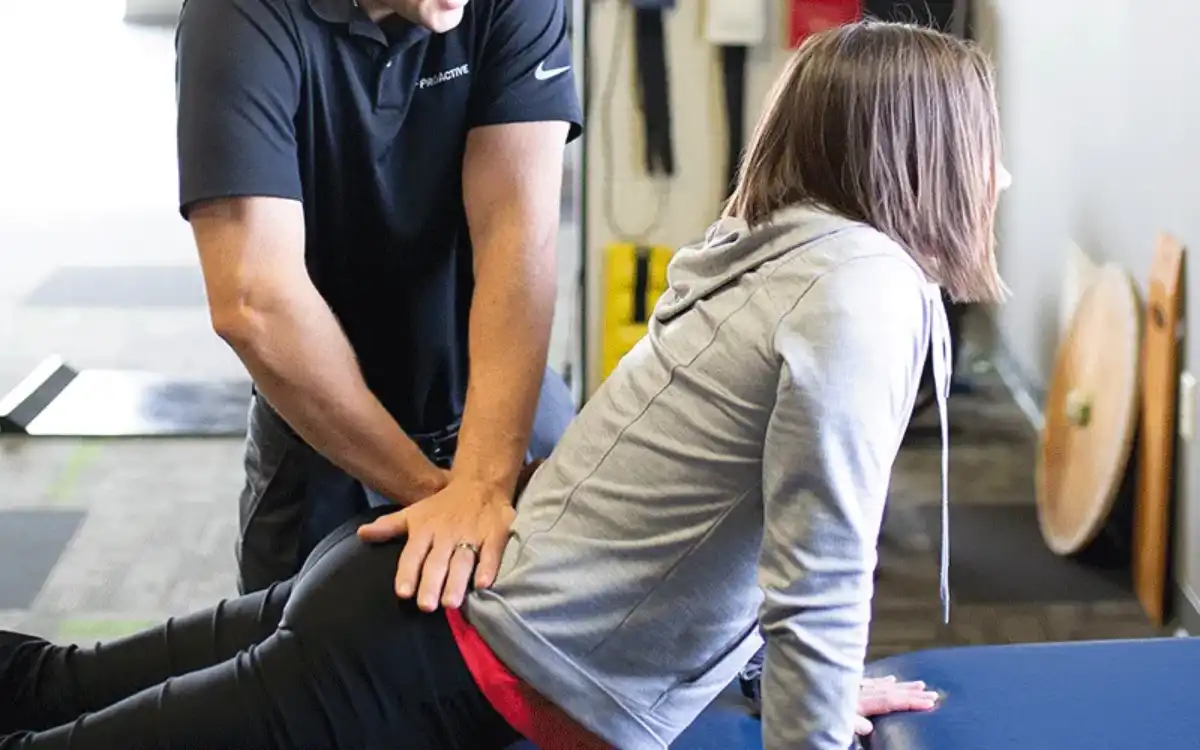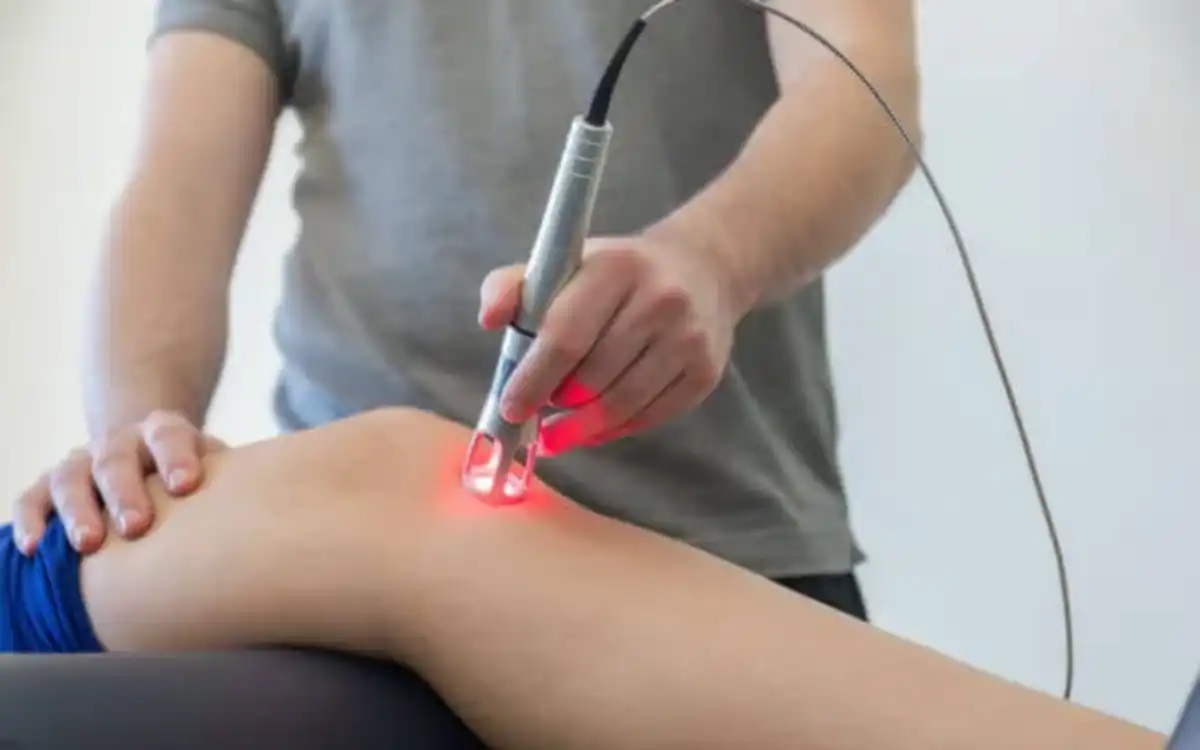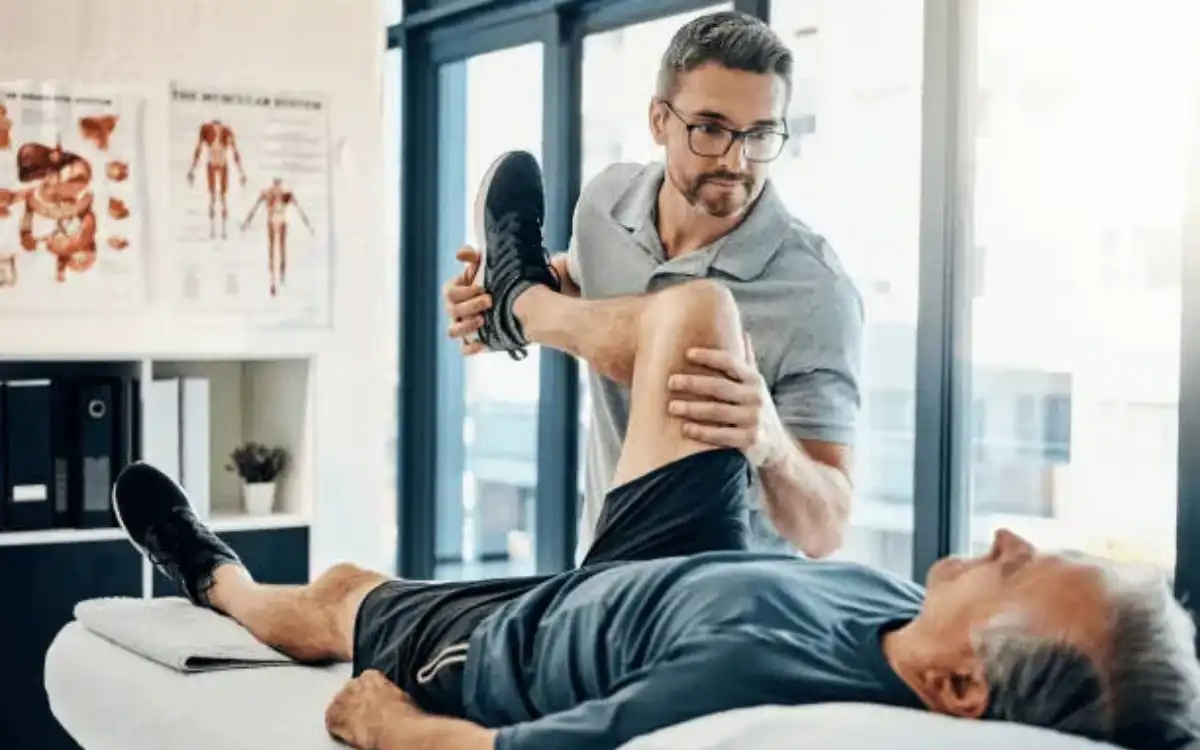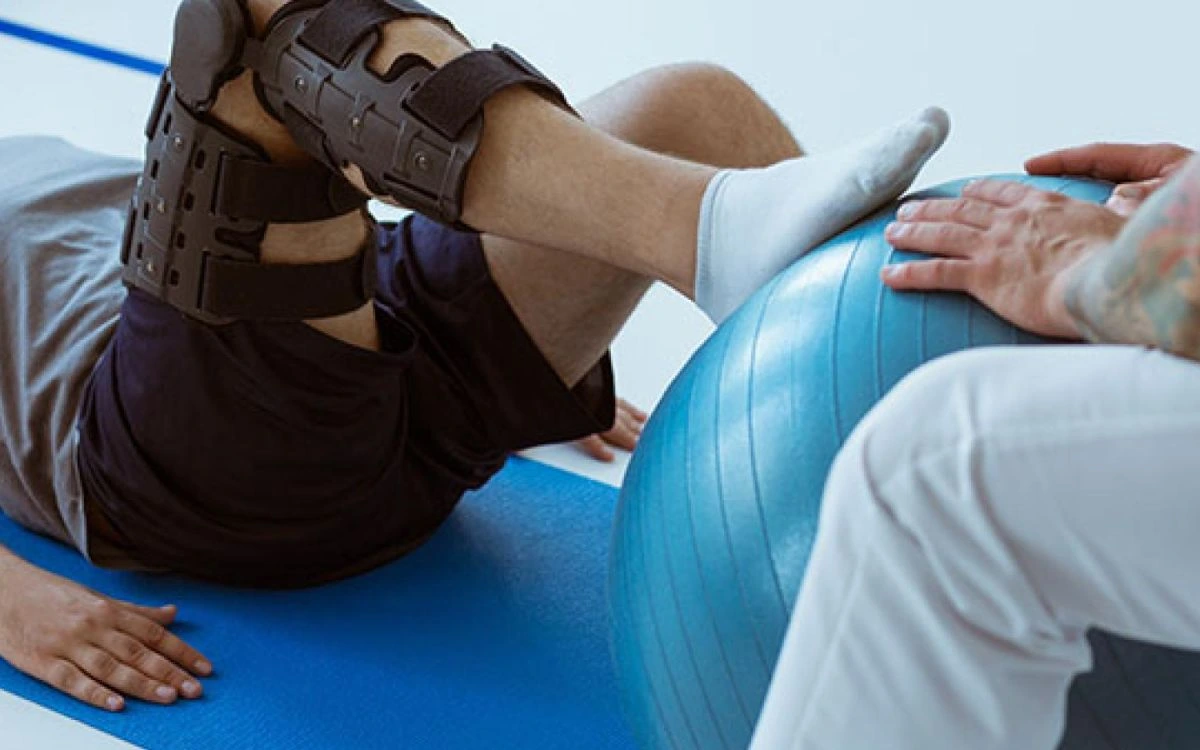OVERVIEW
Posterior Cruciate Ligament (PCL) Tear
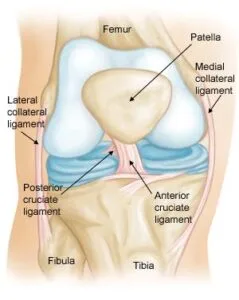
The posterior cruciate ligament is stronger and less frequently injured. Motor vehicle accident is when the knees impact the dashboard of the car. This is a common cause of injury. The initial treatment for this injury is rest, elevation, compression, and ice. Recovery may be made easier by physical therapy that combines progressive strengthening with functional exercise. Surgery is rarely necessary.
TREATMENT
Possible Treatments
- Aerobic/Endurance Exercise
- Core Strengthening
- Cryotherapy or Cold Therapy
- Electrotherapeutic Modalities
- Isometric Exercise
- Knee Active Range of Motion
- Knee Passive Range of Motion
- Knee Resistive Range of Motion
- Proprioception Exercises
- Physical Agents
- Soft Tissue Mobilization
- Stretching/Flexibility Exercise
GOALS
Possible Treatment Goals
- Improve Balance
- Improve ability to bear weight/stand on the leg(s)
- Decrease Risk of Reoccurrence
- Improve Fitness
- Improve Function
- Improve Muscle Strength and Power
- Increase Oxygen to Tissues
- Improve Proprioception
- Improve Range of Motion
- Self-care of Symptoms
- Improve Tolerance for Prolonged Activities
- Improve Wound Healing

